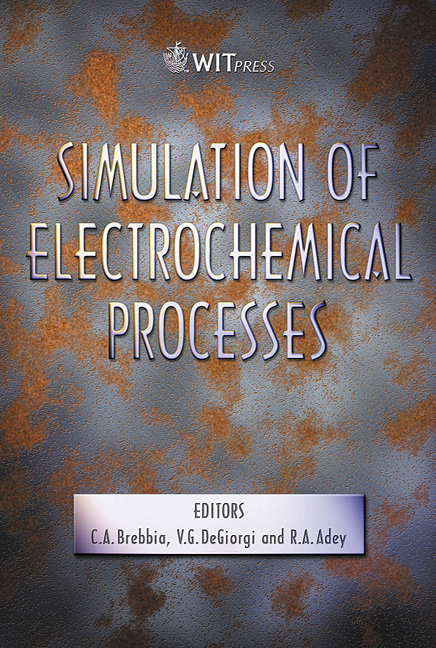The Effect Of Chromate On Stress Corrosion Cracking Of Type 316 Austenitic Stainless Steel In Hydrochloric Acid Solution And The Transgranular SCC Mechanism
Price
Free (open access)
Transaction
Volume
48
Pages
8
Published
2005
Size
1,056 kb
Paper DOI
10.2495/ECOR050231
Copyright
WIT Press
Author(s)
R. Nishimura & Y. Maeda
Abstract
The stress corrosion cracking (SCC) of a commercial austenitic stainless steel type 316 was investigated as a function of applied stress, chromate concentration and test temperature in 0.82 kmol/m3 HCl solution by using a constant load method. The three parameters (lss; steady state elongation rate, tss; transition time, tf; time to failure) obtained from the corrosion elongation curve were divided into three regions against applied stress, which were dominated by stress, SCC or corrosion. In the SCC-dominated region, log lss was a linear function of log tf regardless of chromate concentration and test temperature, showing that lss became a relevant parameter for prediction of tf. A critical chromate concentration and a critical test temperature, above or below which little SCC takes place, were estimated. The TGSCC mechanism was qualitatively proposed to explain the results obtained. Keywords: type 316, chromate, stress corrosion cracking, steady state elongation rate, hydrochloric acid, corrosion elongation curve, TGSCC mechanism. 1 Introduction It is well known that chromate is a very good inhibitor as passivator for general corrosion and localized corrosion. However, chromate is too toxic for human beings to be used in public or in service at present. In this study, we used chromate for estimating a corrosion behavior at crack tips for type 316 specimens under a constant applied stress condition, that is, acceleration of film
Keywords
type 316, chromate, stress corrosion cracking, steady state elongation rate, hydrochloric acid, corrosion elongation curve, TGSCC mechanism.





